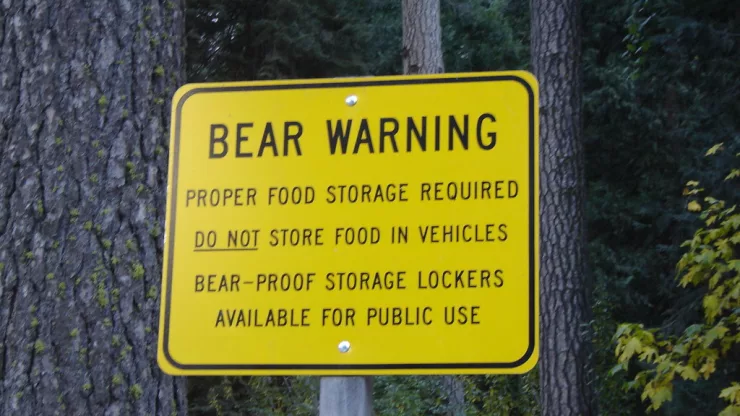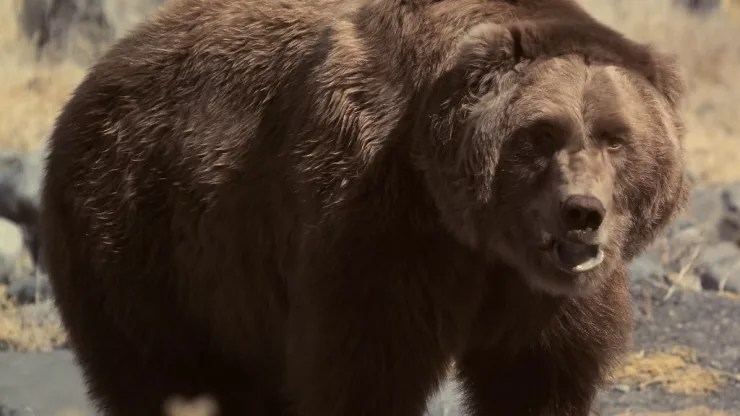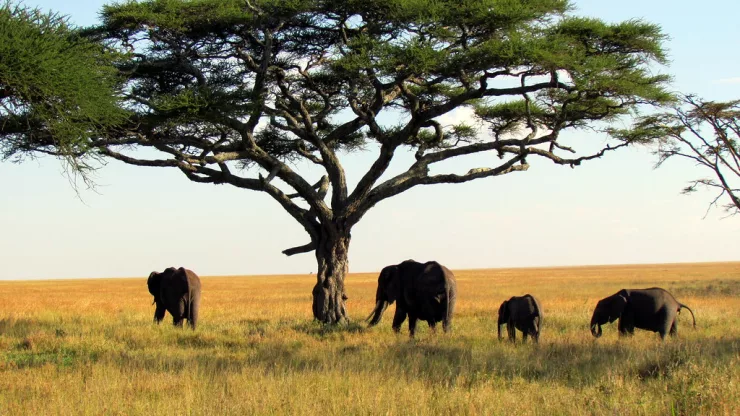Jump to Section
Exploring the Splendid Wildlife of Yosemite National Park
Yosemite National Park is one of the most stunning natural destinations in the United States.
The park is famous for its granite cliffs, waterfalls, and giant sequoia groves, but it is also home to a wide range of wildlife.
From black bears and mountain lions to bald eagles and peregrine falcons, the park’s fauna is diverse and impressive.
In this article, we’ll take a closer look at Yosemite’s wildlife, providing you with tips on how to spot and photograph these magnificent creatures.
Discovering the Wonders of Yosemite’s Wildlife
Yosemite National Park is home to more than 400 species of wildlife, including mammals, birds, reptiles, and amphibians.
Some of the most iconic animals in the park include black bears, bighorn sheep, coyotes, and mule deer. But there are also plenty of lesser-known species to discover, such as the Yosemite toad, the foothill yellow-legged frog, and the western pond turtle.
One of the best ways to explore the park’s wildlife is to take a hike on one of the many trails.
The park offers more than 750 miles of trails, ranging from easy walks to challenging backcountry treks.
Whether you’re a seasoned hiker or a casual walker, there is a trail for you.
Keep an eye out for signs of wildlife along the way, such as tracks, scat, and scratch marks on trees.
From Bears to Eagles: A Guide to the Park’s Fauna
Here is a list of some of the most common animals you might spot in Yosemite National Park:
- Black bears: Yosemite is home to a healthy population of black bears, which can be seen foraging for food in meadows and forests. Remember to keep a safe distance and never feed them.
- Bighorn sheep: These impressive animals can be spotted in the high country of the park, where they graze on grasses and shrubs.
- Coyotes: These opportunistic predators are often seen near campsites and picnic areas, looking for scraps of food.
- Mountain lions: These elusive cats are rarely seen by visitors, but they do roam the park’s wilderness areas.
- Bald eagles: These majestic birds can be seen soaring over the park’s lakes and rivers, looking for fish to catch.
- Peregrine falcons: These speedy birds of prey can be seen diving after their prey at high speeds.
Wildlife Spotting: Tips and Tricks for a Successful Trip
If you want to increase your chances of spotting wildlife in Yosemite National Park, here are some tips and tricks to keep in mind:
- Visit the park early in the morning or late in the afternoon, when animals are most active.
- Be quiet and patient. Wildlife can be easily scared off by loud noises and sudden movements.
- Look for signs of wildlife, such as tracks, scat, and scratch marks on trees.
- Bring a pair of binoculars or a spotting scope to help you see animals from a distance.
- Join a guided tour or hire a local wildlife expert to help you spot and identify animals.
Capturing the Best Moments: Photography Tips for Wildlife Enthusiasts
If you’re a photography enthusiast, Yosemite National Park is a dream destination.
Here are some tips for getting the best wildlife shots:
- Use a telephoto lens to get close-up shots of animals from a safe distance.
- Shoot in the early morning or late afternoon, when the light is soft and golden.
- Look for interesting backgrounds, such as mountains, trees, or waterfalls.
- Be patient and wait for the right moment to capture a shot.
- Use a tripod or monopod to keep your camera steady.
FAQ
What should I do if I encounter a bear in Yosemite?
If you encounter a black bear in Yosemite, remember to stay calm and keep a safe distance. Do not run away or approach the bear.
Instead, make yourself look big by raising your arms and standing on your tiptoes. Speak in a calm voice and slowly back away.
If the bear charges, use bear spray or throw rocks to deter it.
Can I feed the wildlife in Yosemite?
No, it is illegal to feed the wildlife in Yosemite National Park.
Feeding animals can disrupt their natural behavior and can make them dependent on human food, which can lead to aggressive behavior and other problems.
Remember to store your food and trash in bear-proof containers to prevent animals from getting into them.
What should I do if I see an injured animal in Yosemite?
If you see an injured animal in Yosemite, do not approach it. Instead, report the sighting to a ranger or wildlife expert as soon as possible.
They will be able to assess the situation and provide the animal with the appropriate care. Remember, it is illegal to handle or transport wildlife without a permit.
I’m a nature enthusiast and creator of Metro Wilds and have spent years exploring the great outdoors.
With a passion for environmental conservation and sustainability, I have dedicated my career to writing about the beauty and wonders of nature, as well as the threats facing our planet.
Contact me at [email protected] for assistance.





